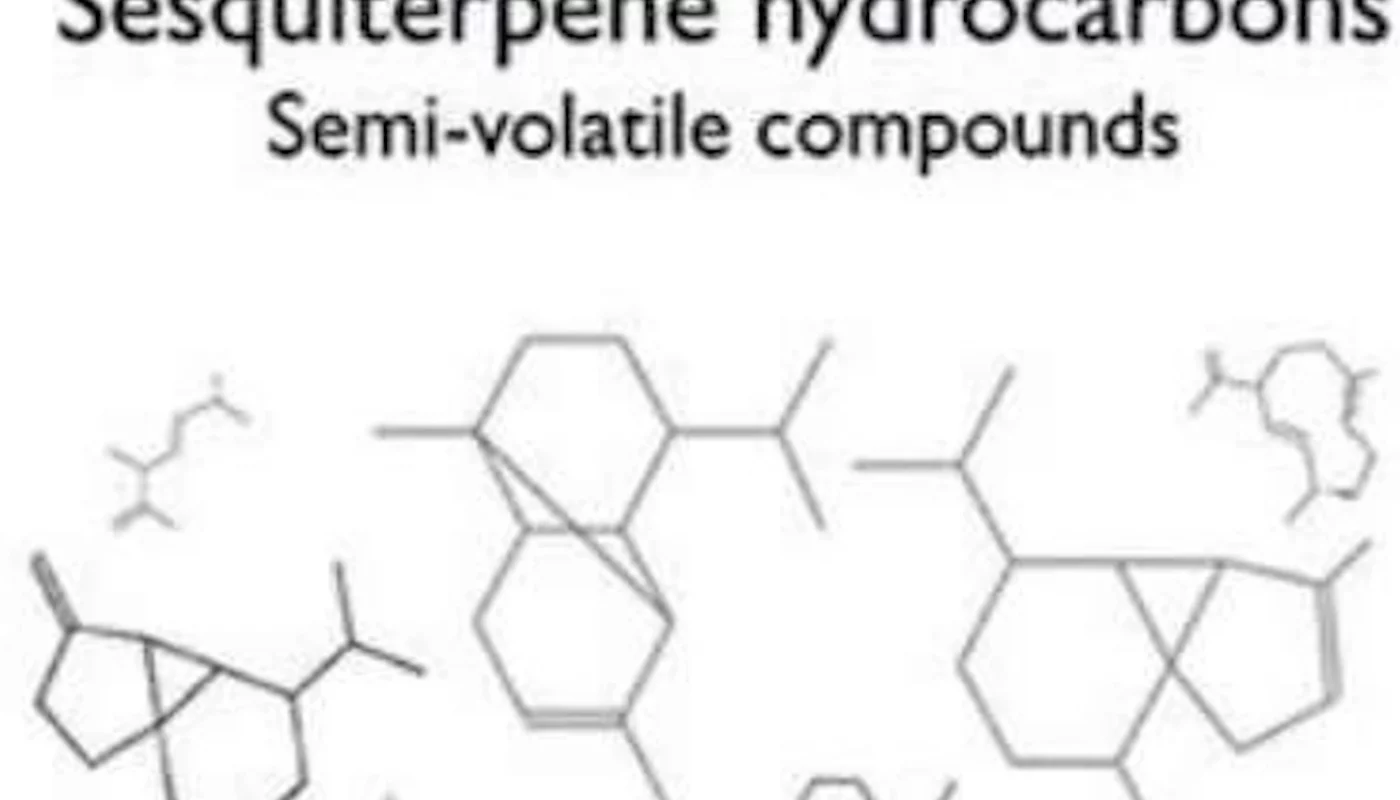The geographical origins of virgin olive oil

Indice
Origins of virgin olive oil
The new geographical authentication strategy is based on the analysis of sesquiterpene hydrocarbons, which are organic compounds formed by three isoprene units. Credit: University of Barcelona. Olive oil is one of the most prestigious agri-foods in Spain and it is the base of the Mediterranean diet. Adulteration and commercial fraud cases occur when it comes to the origin and varieties of a product with such an economic and business interest.
Now, a team from the Faculty of Pharmacy and Food Sciences, Torribera Food and Nutrition Campus and the Institute for Nutrition and Food Safety Research (INSA) of the University of Barcelona presents a new authentication tool to check the geographical origin of virgin olive oil as a control on the quality, tradition and product linked to the territory.
The new methodology, created for determining different geographical levels, has been published in the journals Food Chemistry and Food Control, and has been set as part of the work by the Research Group on Lipid and Bioactive Compounds in the Food Chain (LiBiFOOD) of the UB, aimed at creating analytical tools to verify the authenticity of foods and prevent food fraud. The Institute of Agri-food Research Technology (IRTA) collaborates in these projects too.
Unveiling the Geographic Secrets of Virgin Olive Oil
Olive oil stands as one of Spain’s most esteemed agri-food products and forms the very foundation of the Mediterranean diet, renowned globally for its health benefits and culinary versatility. However, with such significant economic and business interest comes the persistent threat of adulteration and commercial fraud, particularly concerning the origin and specific varieties of this prized commodity. Ensuring the authenticity of olive oil, especially its geographical provenance, is crucial for upholding its quality, safeguarding traditional practices, and protecting the product’s deep connection to its territory.
Fingerprinting techniques to identify olive oils
In the authentication process of foods, it is important to have analytical strategies that verify the origin of the products and help establishing the official method. The new tool provides a response to this need regarding food safety and traceability and it presents an authentication strategy that can be applied at different geographical scales.
“The new methodology enables us to discriminate between virgin olive oils produced in the European Union and those that are not, apart from classifying them according to the country of origin and verifying which oils belong to the Protected Geographical Designations of Origin of the same region or even adjacent ones,” note researchers Stefania Vichi and Alba Tres, coordinators of the research line in Authentication of Foods and members of the Torribera Food and Nutrition Campus and INSA.
The new geographical authentication strategy is based on the analysis of sesquiterpene hydrocarbons—organic compounds formed by three isoprene units—which proved to be excellent origin markers for olive oil.
“The cornerstone of an efficient authenticity tool is for it to be based on robust analytical markers. In the case of the geographical authentication of the virgin olive oil, the markers depend largely on the variety of olive tree and the area where it grew, without being significantly influenced by other factors related to the process of extracting or preserving oil,” notes researcher Beatriz Quintanilla-Casas (UB-INSA), first author of the studies.
Robust Markers for Reliable Authentication
In the context of geographically authenticating virgin olive oil, these markers are largely dependent on two critical factors: the variety of the olive tree and the specific area where it grew. Crucially, these markers are not significantly influenced by other variables related to the oil extraction or preservation processes. This inherent stability makes sesquiterpene hydrocarbons ideal for reliably determining an olive oil’s true geographical provenance, offering a powerful new defense against fraud and ensuring consumers receive the genuine article.
Important Note: oliveoilextra.com promotes the consumption of extra virgin olive oil for its culinary qualities and health benefits. However, it should not replace any current medication or treatment without the guidance of a healthcare professional.
